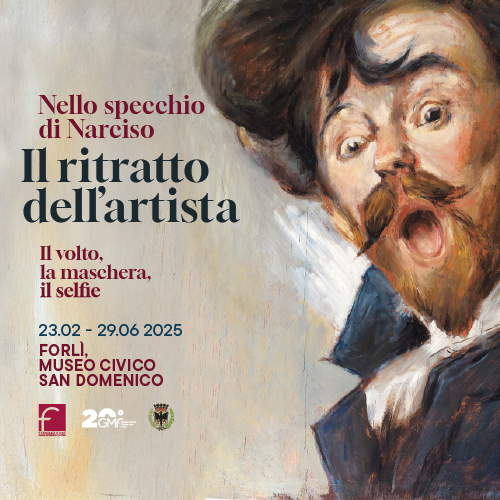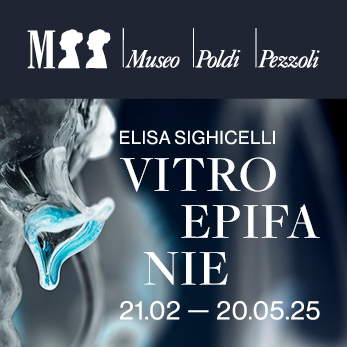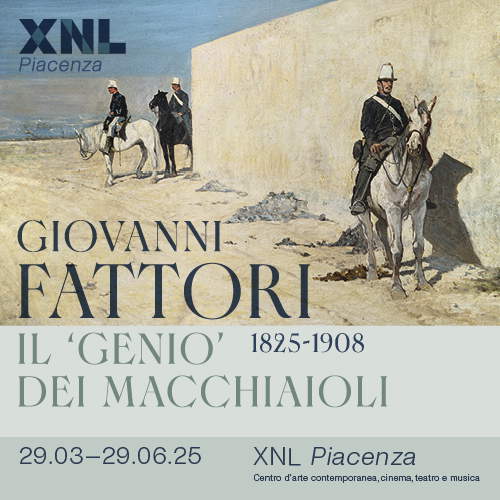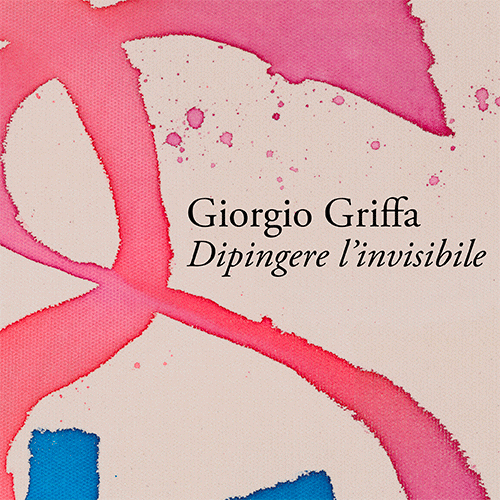
Lucca, a land where independence is breathed
Our journey through Tuscan provinces continues: today it is the turn of Lucca, with which we have associated the keyword 'independence'.
By Redazione | 30/03/2025 16:51
To understand how Lucca has always been tied to its independence, one might begin with the story of Francesco Burlamacchi, a Lucca politician born in 1498, who became Gonfaloniere of the Republic of Lucca in 1533. His political project was to unite all the states of Tuscany under a single republican federation, following a rebellion that was supposed to drive the Medici out of Florence. A state modeled after the Swiss confederation. The plan, however, was discovered and Lucca was on the brink of war with Florence: in the end, Emperor Charles V intervened to settle the dispute, who was comfortable with Lucca not being annexed by Florence (a plausible outcome if the Florentines won the war). Charles V demanded of Lucca that Burlamacchi be handed over to him as he was guilty of disrupting the peace between the Italian states: Lucca, to avoid friction with the emperor, handed over the gonfaloniere who, judged in Milan by an imperial tribunal, was sentenced to death and executed in 1548.
Today, Burlamacchi's statue stands in the historic center of Lucca: the city, and its province, are at the center of a land that speaks of independence in every stone, in every village, in every tradition. This diverse and fascinating land carries with it the legacy of centuries of cultural, historical and economic autonomy, which is reflected in its people and its territory. You can breathe it in the air. The walls of Lucca, an extraordinary example of Renaissance fortification, are perhaps the most obvious symbol of the independence that has always characterized this land and the spirit of its people. Built in the Renaissance to defend the city, these walls have never been torn down, a unique case in Italy. Walking along their walkways is like walking through history: each step is a reminder of how Lucca has been able to protect its freedom and character. Not only physical protection, but also a constant reminder of the desire for self-determination that has marked the city's history.
In fact, Lucca was an independent republic for more than six hundred years, from the 12th century until 1799. "Libertas," meaning "freedom," was the Republic's motto for four hundred years: a single word, invaluable to this land. This autonomy allowed Lucca to develop its own cultural and political identity, distinct from those of other Tuscan cities, such as Florence or nearby Massa, which were often dominated by powerful families or lordships. During the Republic period, Lucca flourished economically thanks to silk production and trade, transforming itself into a small but powerful state, capable of weaving relevant diplomatic relations with the powers of the time.
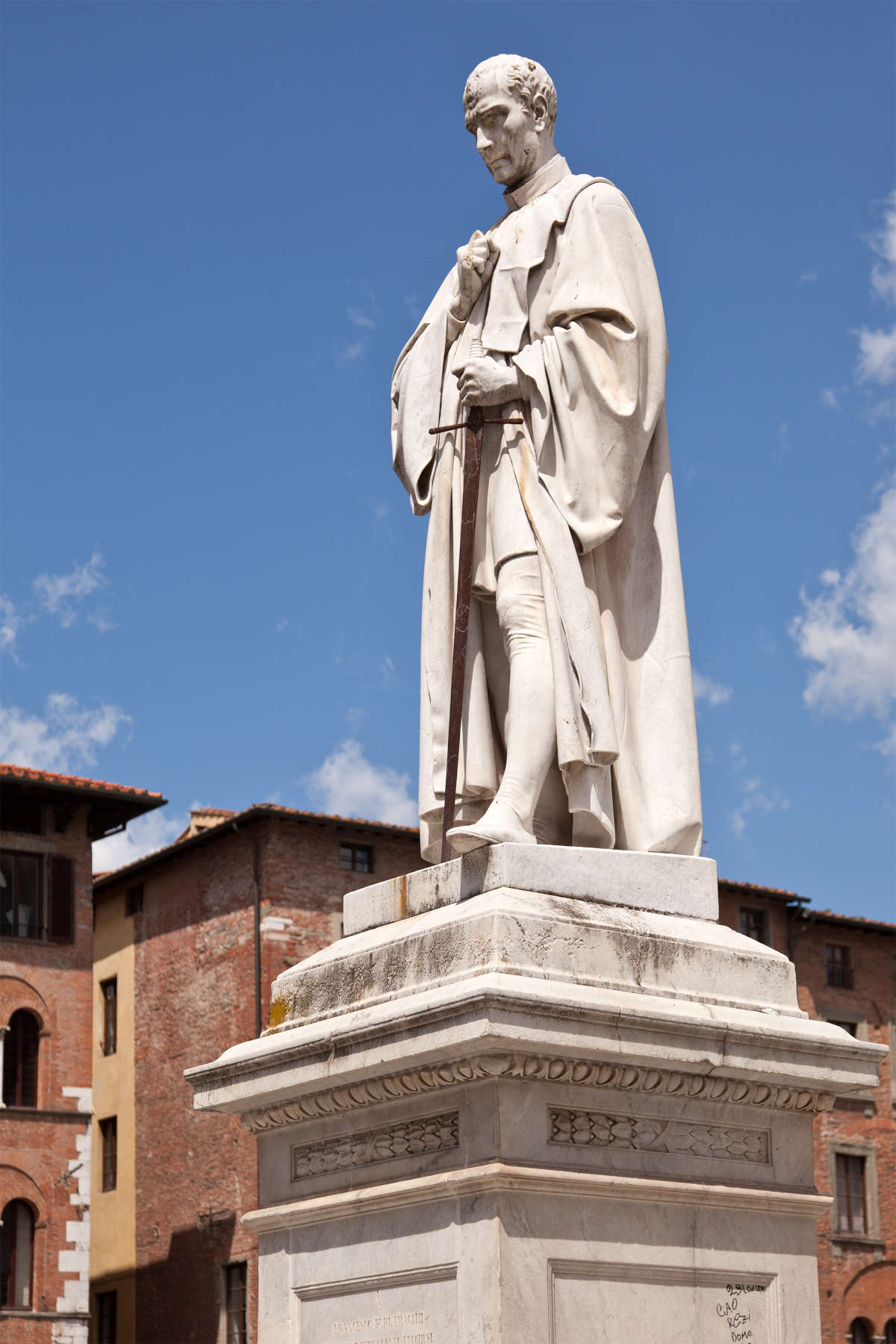
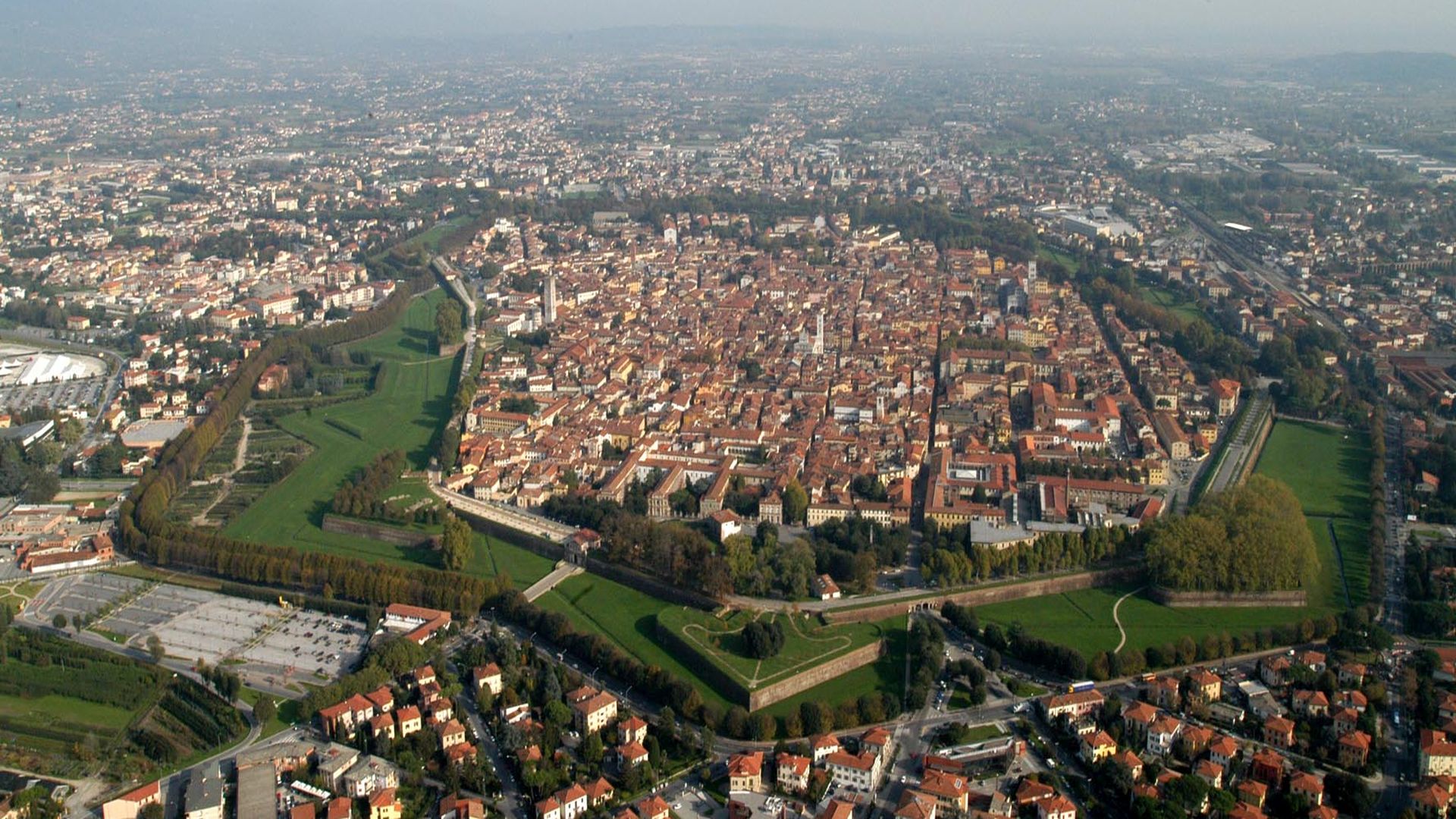
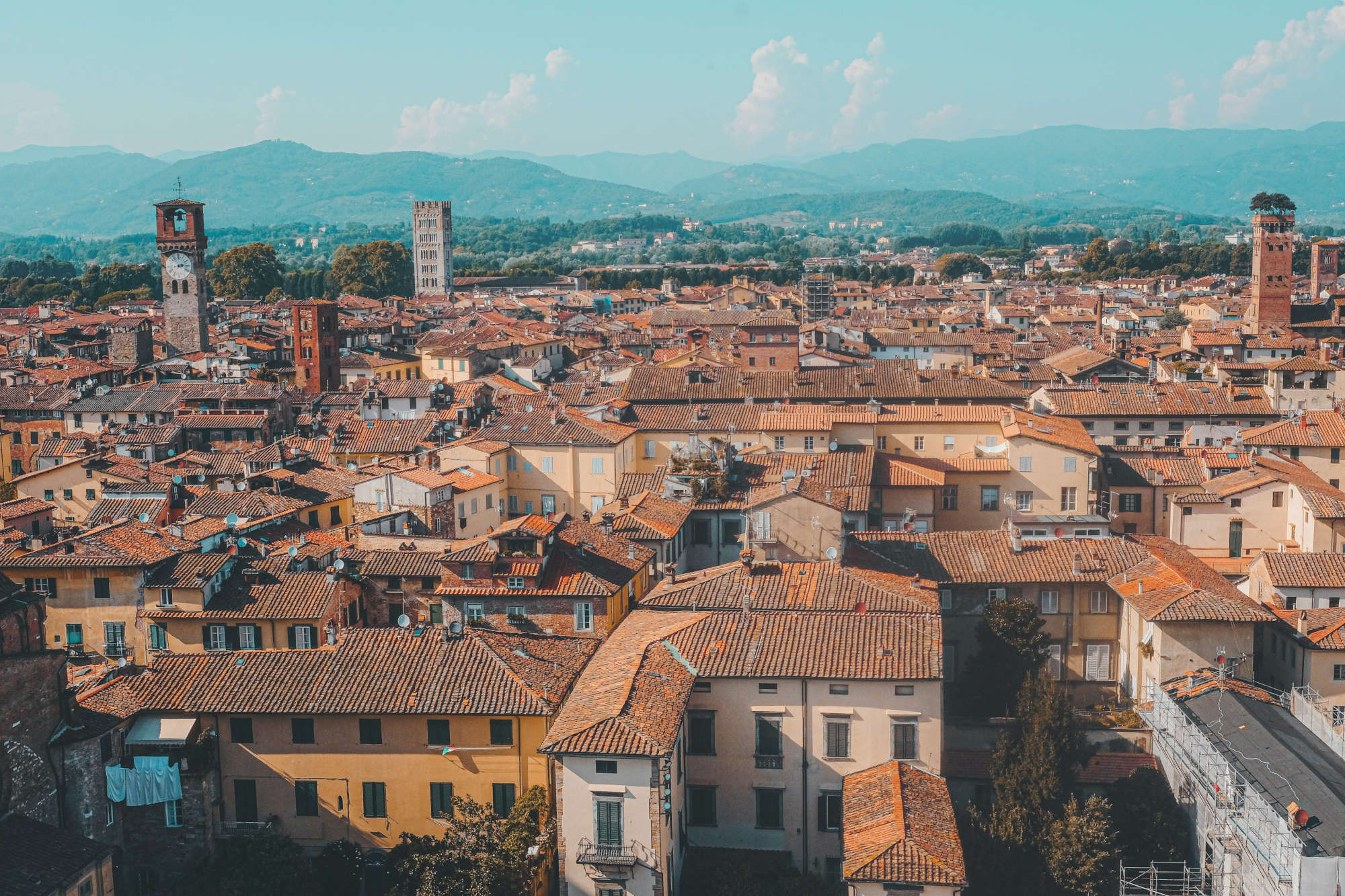
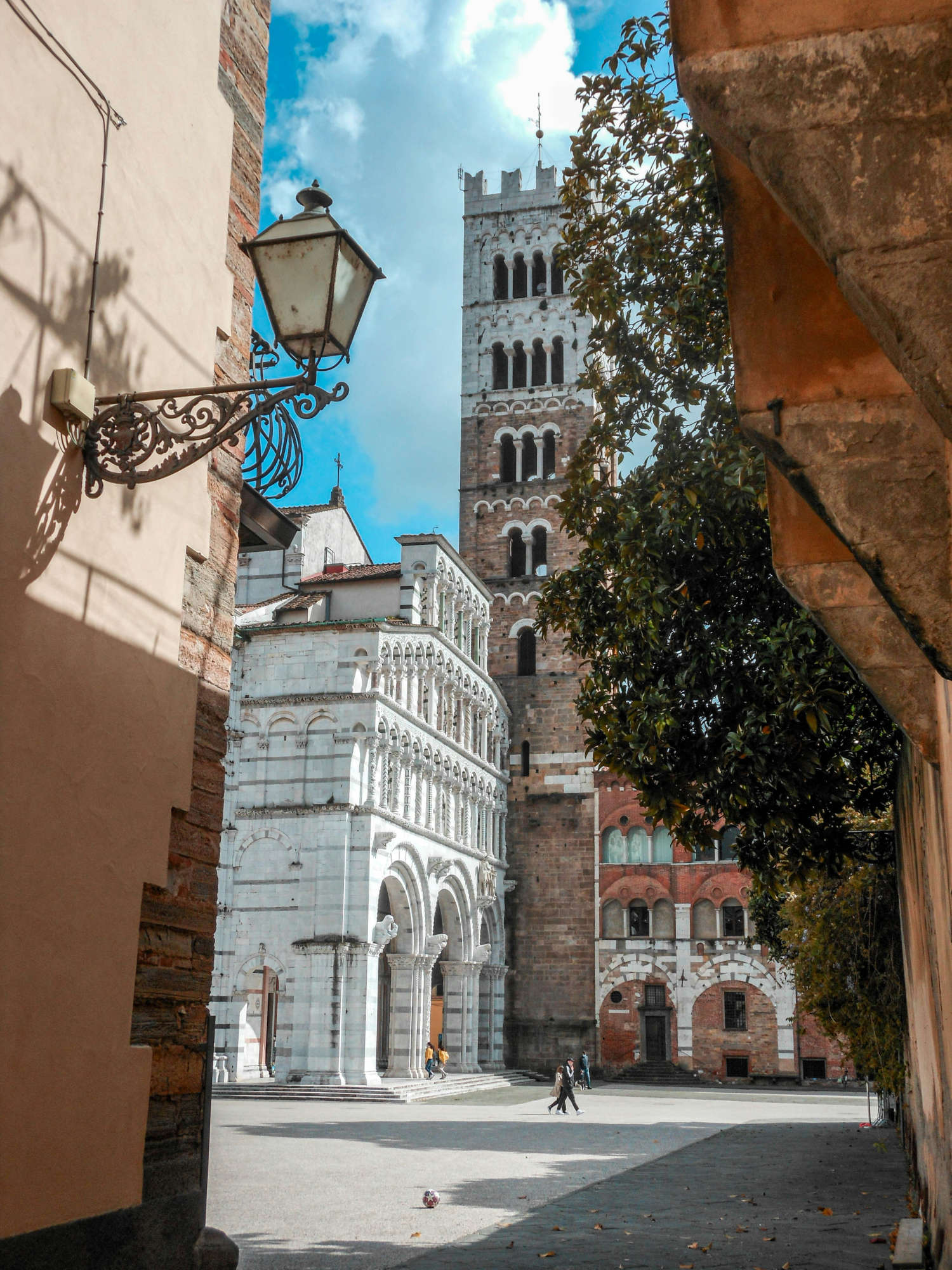

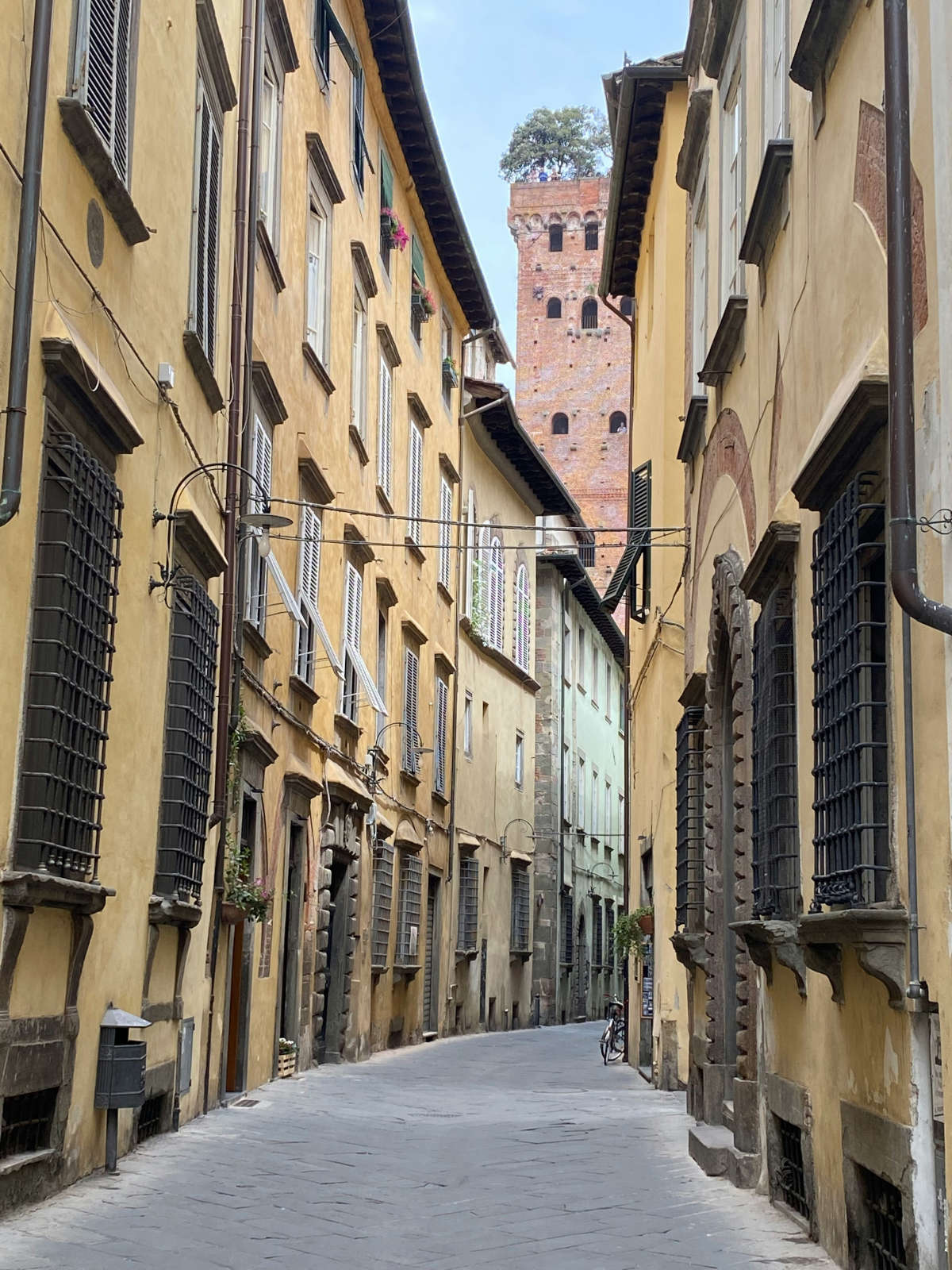

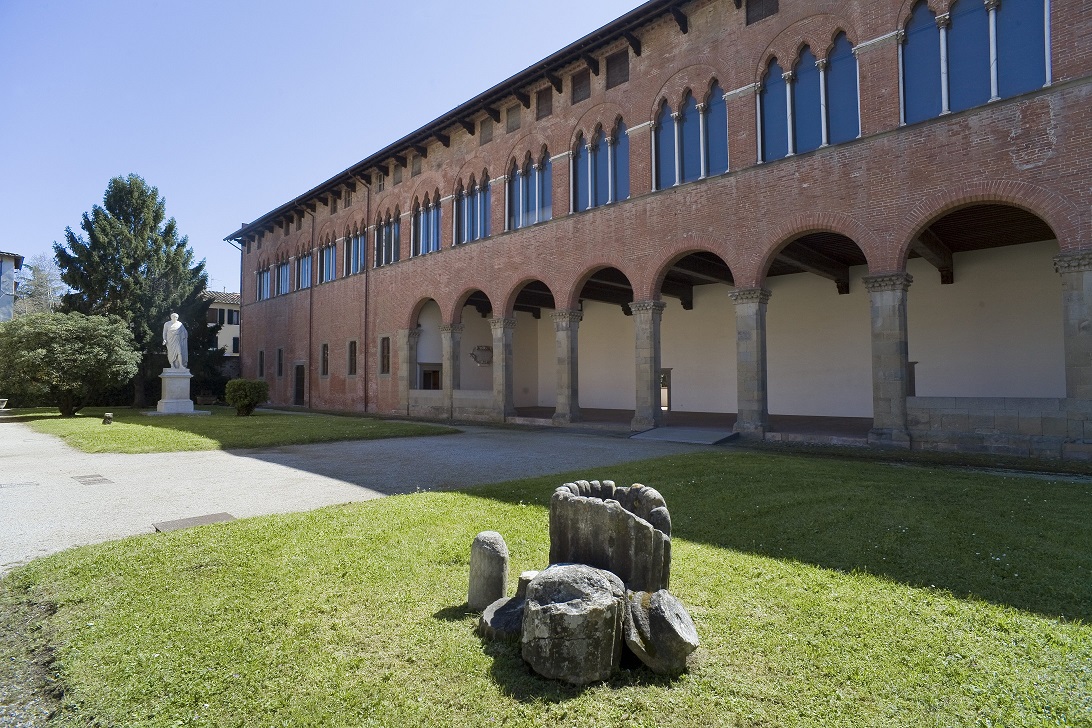
Every stone in Lucca, every carved portal tells of a city that has proudly defended its independence over the centuries. To grasp this spirit, it is enough to enter some of the city's museums: each one is a window that opens onto a past made of autonomy, beauty, freedom. At Mansi Palace, one does not simply enter a museum: one crosses the threshold of a world where art, luxury and power are intertwined. This 17th-century palace, which was once home to a wealthy merchant family, preserves the legacy of a time when Lucca's bourgeoisie dominated the trade routes, transforming its fortunes into artistic masterpieces and a sophisticated worldview. Among the glittering tapestries, which seem to sway with the breath of history, and the paintings by great masters such as Pontormo, Bronzino, Jacopo Vignali, Guido Reni, Gioacchino Assereto Salvator Rosa, Luca Giordano, Pietro Paolini, Denis Calvaert, and Pompeo Batoni, one can sense the pride of a city that was also able to assert its economic autonomy. Mansi Palace is not only a celebration of wealth: it is the symbol of a Lucca that, though small, knew how to look far, always choosing freedom as its guide.
If Mansi Palace represents the face of the opulent and self-confident Lucca, Villa Guinigi, now home to the National Museum of the same name, tells a more complex story, linked to the political events that swept through the city over the centuries. This villa, residence of the powerful Paolo Guinigi, lord of Lucca in the early 15th century is located just outside the first circle of the city walls, those later surpassed by the Renaissance walls that still encircle the city today. Upon entering Villa Guinigi, one is greeted by an art collection spanning the centuries, from Roman artifacts to works of the Renaissance and beyond: pieces by Berlinghiero Berlinghieri, Tino di Camaino, Spinello Aretino, Jacopo della Quercia, Fra' Bartolomeo, Amico Aspertini, and Giorgio Vasari to the masters of the seventeenth and eighteenth centuries in Lucca such as the aforementioned Pietro Paolini and Pompeo Batoni (some of Batoni's major masterpieces are preserved here). Also, the works of Matteo Civitali and medieval sculptures tell of a spirituality that was expressed through art. Then there is the Museum of the Risorgimento, a place where the idea of independence spreads to the entire nation. This small but precious museum, located in the rooms of the Ducal Palace overlooking the Cortile degli Svizzeri, is a tribute to those who, starting from the streets and homes of Lucca, contributed to the dream ofItalian unification. Its collections of documents, weapons, uniforms and letters transport the visitor to the heart of a time when freedom was not yet a vested right, but an achievement to be obtained with courage and sacrifice: testimonies of broken lives and burning hopes, reminding us how precious freedom is.
Lucca's culture is another bastion of its independence. Music, for example, has deep roots in this land, which was the birthplace of such a world-renowned composer as Giacomo Puccini. His work, while internationally recognized and loved, is deeply rooted in Lucca's traditions and landscapes. Puccini himself found inspiration in the places of his childhood, such as Torre del Lago, where a festival dedicated to his operas is held today.
We then leave the city and travel into the province, from the imposing peaks of the Apuan Alps to the quiet beaches of Versilia, passing through the perched villages of Garfagnana and the fertile countryside of the Plain of Lucca. In Garfagnana, geographical isolation has helped preserve traditions and dialects that have been lost elsewhere. Here, the inhabitants' spirit of independence is manifested in the communities' resistance to being overwhelmed by modernity, while maintaining an authentic relationship with the land and the past. The culinary traditions of the Lucchese mountains are also part of this history: dish after dish, one discovers a cuisine that emphasizes local products, such as the extra virgin olive oil from the hills of Lucca, spelt from the Garfagnana, chestnuts, a true resource of the mountains that has sustained the inhabitants of this land for centuries, and buccellato, a simple but flavorful dessert. These elements not only express a connection to the land, but also the ability to adapt and thrive with what the land offers.
In Garfagnana, in Castelnuovo, the Rocca Ariostesca stands like a sentinel of time, perhaps the most obvious symbol of the character of this land. This castle, which once housed Ludovico Ariosto, who was governor of Garfagnana, houses a museum that tells the story of the place, of Garfagnana, the upper Serchio Valley, which has always vigorously defended its culture. In the Middle Valley, in Barga, a village that seems suspended between heaven and earth, one walks in the midst of a past that has come down to us from a time when this land was a crossroads of cultures, while works of art and historical documents (see Giovanni Pascoli's house in the hamlet of Castelvecchio, now a museum) tell of a village that has been able to thrive thanks to its ability to adapt without ever losing its love for its roots. The Cathedral of St. Christopher, which dominates the hamlet, is the symbol of this pride. With its understated facade and spectacular view of the Serchio Valley, it represents not only a place of worship but also a bulwark of the community.
Again, one cannot overlook Coreglia Antelminelli, the "village of statuettes": it was here that the art of the figurinai was developed, skilled artisans who created a centuries-old tradition of producing plaster statuettes, exported all over the world. This small mountain village represents the ingenuity of a community that, though isolated, was able to turn its art into a passport to the world: the artisans of Coreglia set out from the Serchio Valley to export their creations all over the world, especially to America. The Chalk Figurine Museum is a must-see, where one can understand how labor and creativity enabled Coreglia to write its own chapter in history.
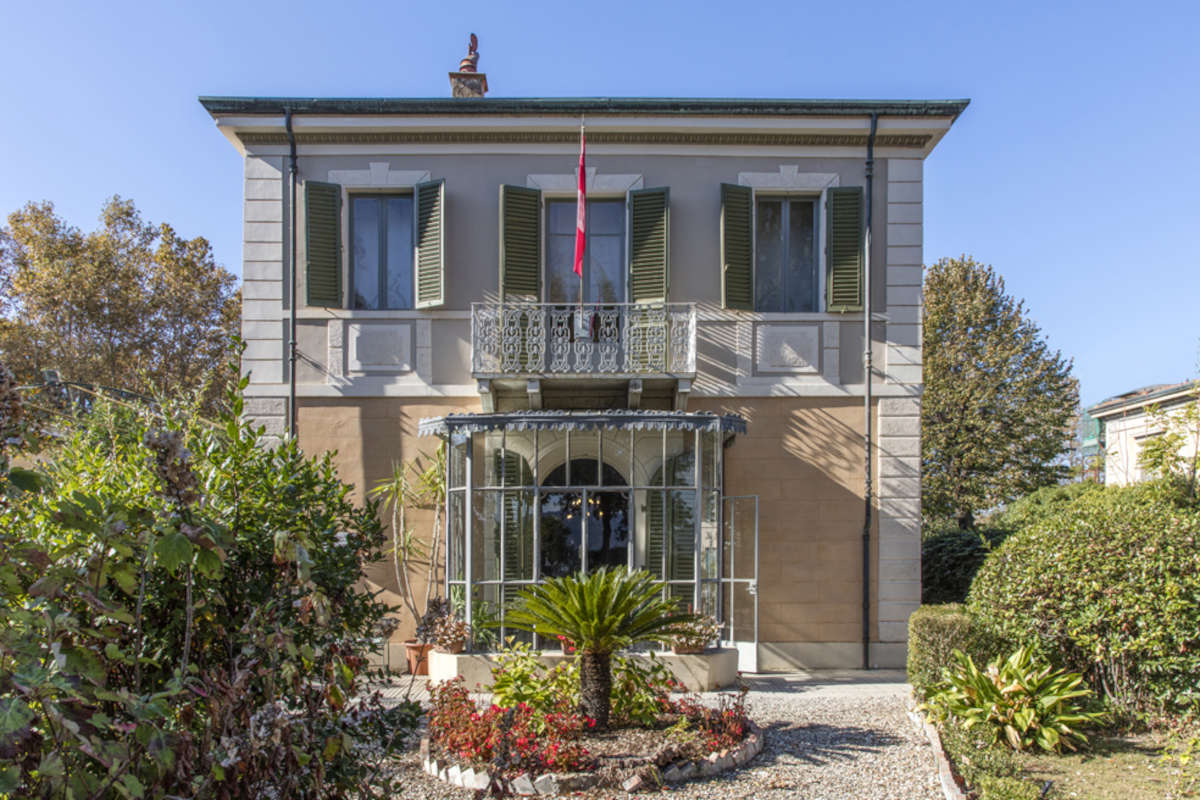



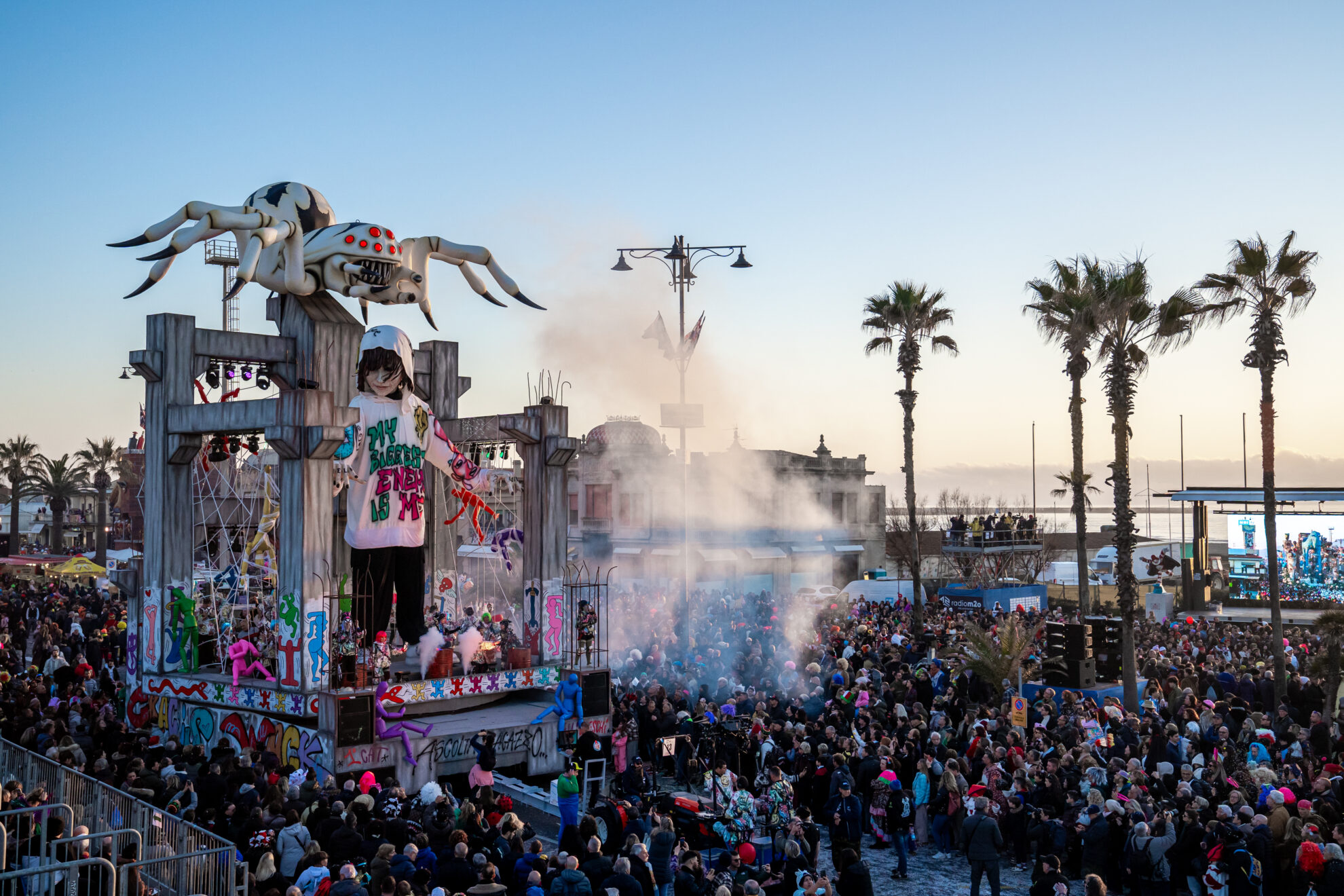
Versilia, on the other hand, has been able to turn its seafaring vocation into an economic opportunity, building its own autonomy in tourism and culture. One cannot talk about the province of Lucca without mentioning Pietrasanta, a city that has always placed great emphasis on art. The Museo dei Bozzetti, with its extraordinary collection of sculpture models, celebrates the tradition of a land that has been able to transform its mountains into immortal works. Pietrasanta is not just a village: it is an open-air workshop, a place where creativity is renewed every day. What's more, the Viareggio Carnival is not only one of the most celebrated events in the city nestled on the shores of the Tyrrhenian Sea, but also one of its most powerful expressions of independence. Through satire (it should not be forgotten that nearby, in Forte dei Marmi, the most important Italian prize for satire is awarded) and the high craftsmanship creations of the carristi, the Carnival gives voice to a people who have never stopped laughing, even in the most difficult times. The floats, with their technical complexity and critical message, are proof that intellectual and creative independence is a disruptive force. In the context of Carnival, independence manifests itself as freedom of thought, the ability to look at the world with critical eyes and turn problems into art. It is a universal message rooted in a local tradition, showing how Viareggio has always been a place capable of thinking outside the box.
But the entire province has always been able to turn every opportunity into an opportunity, and today it is one of the most economically vibrant in central Italy: local small and medium-sized businesses, many of them family-run, are the beating heart of Lucca's economy. From the paper industry, which has made Lucca one of Europe's leading industrial hubs, to handicrafts, each activity reflects the area's ability to innovate without betraying its roots. Tourism, too, is an example of how Lucca has been able to combine the enhancement of its historical and cultural heritage with modernity. The city attracts thousands of visitors every year, thanks to events such as Lucca Comics & Games, which has transformed a local festival into an international event, while maintaining strong ties with the community.
What makes Lucca and its province unique, however, is its ability to remain true to itself despite historical changes and external pressures. This ability is visible not only in the preservation of its monuments, but also in the spirit of its people. The Lucchese community is known for its pride and determination to keep its values and traditions alive. The idea of freedom and independence is not just a historical or cultural trait, but a philosophy of life that manifests itself in the way people live their daily lives, from their commitment to environmental sustainability to the appreciation of their artistic heritage, the people of Lucca, Versilia, Garfagnana, and the people of the plains and hills have made their love of independence a driving force.
